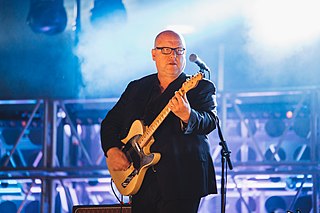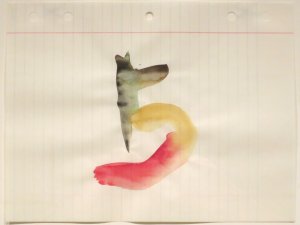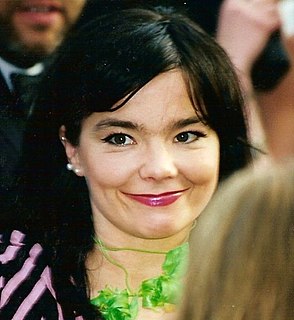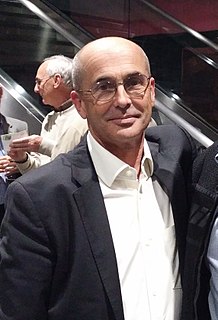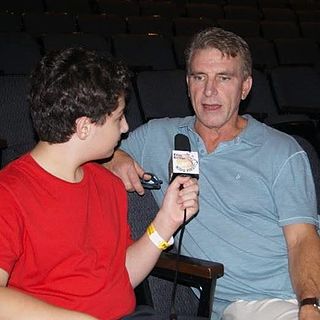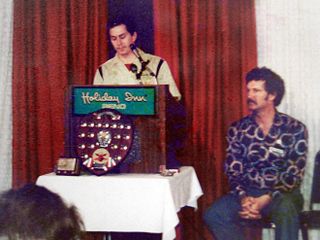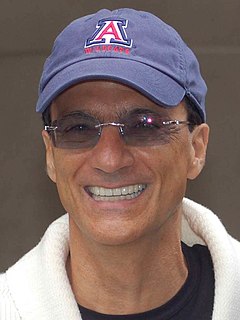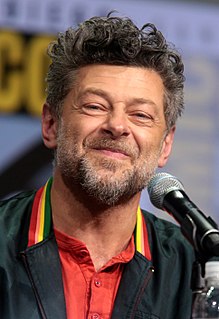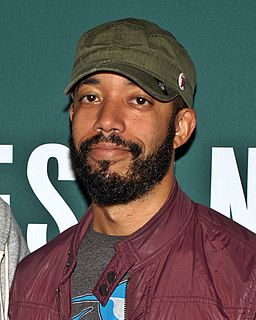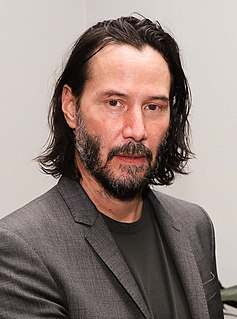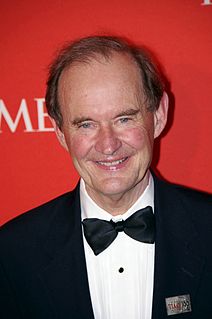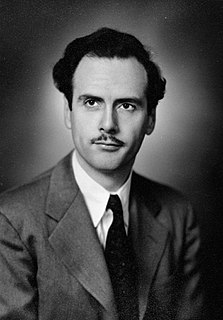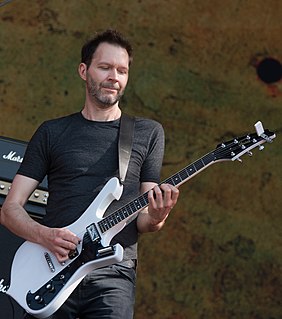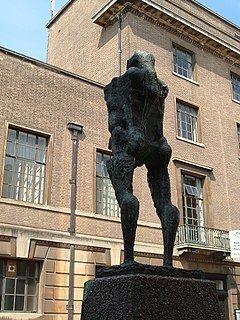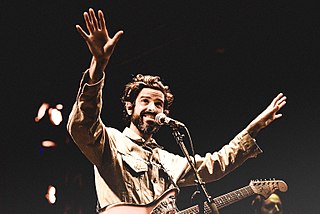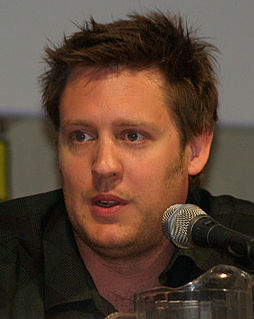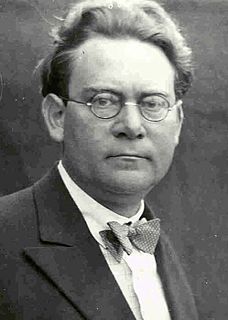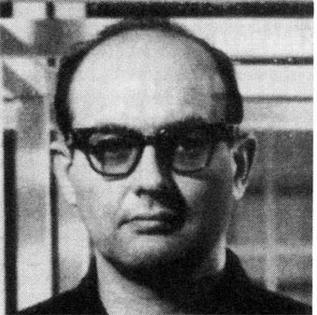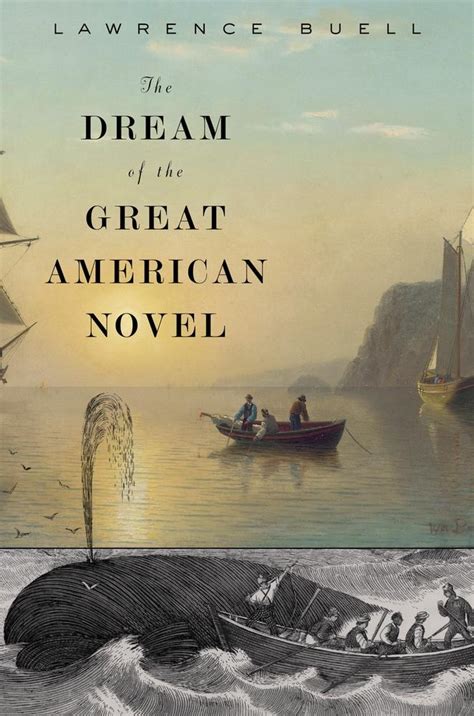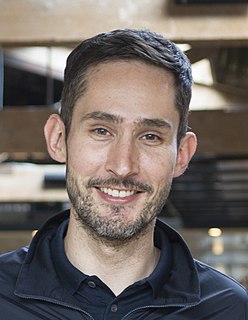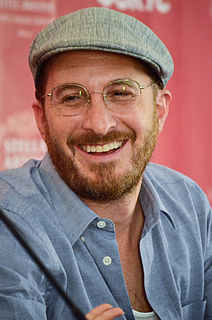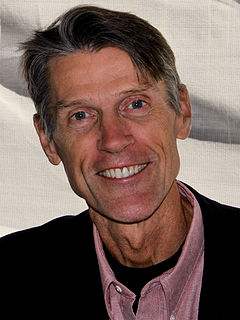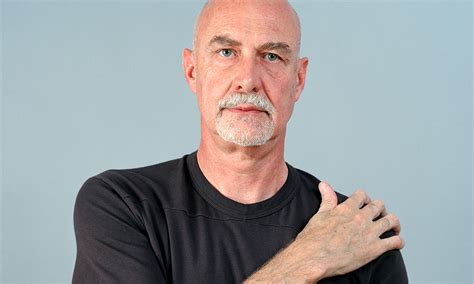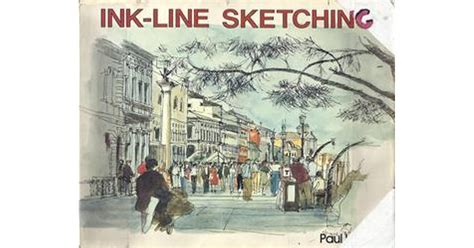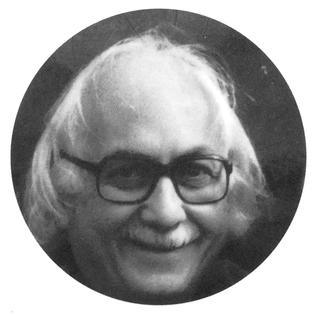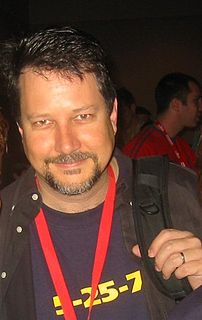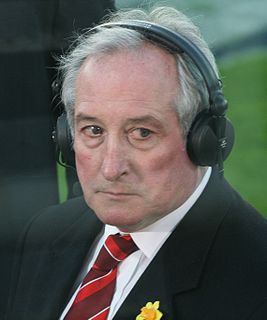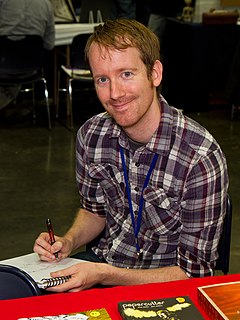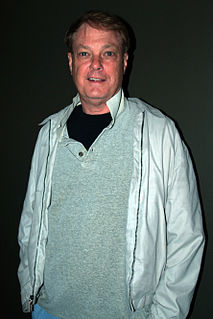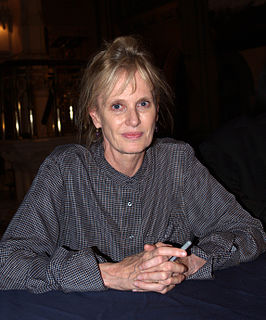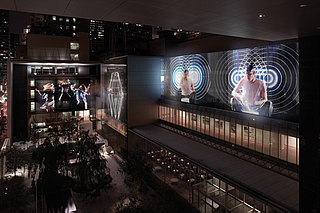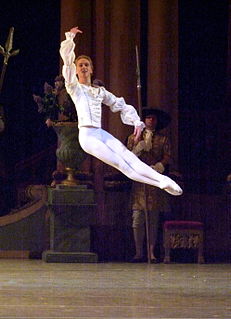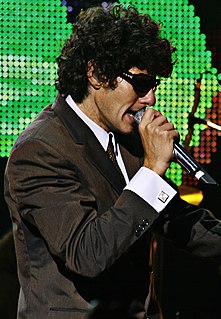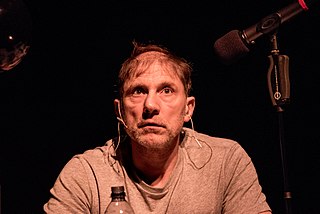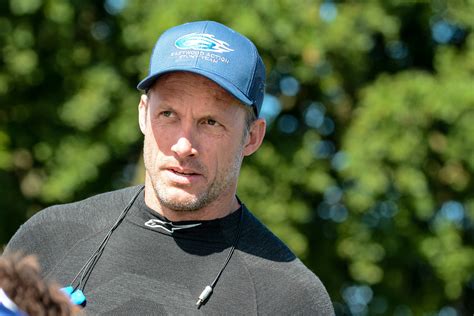Top 1200 Audio Visual Quotes & Sayings - Page 2
Explore popular Audio Visual quotes.
Last updated on April 20, 2025.
If you're going to be a visual artist, then there has to be something in the work that accounts for the possibility of the invisible, the opposite of the visual experience. That's why it's not like a table or a car or something. I think that that might even be hard for people because most of our visual experiences are of tables. It has no business being anything else but a table. But a painting or a sculpture really exists somewhere between itself, what it is, and what it is not-you know, the very thing. And how the artist engineers or manages that is the question.
With a 660-page book, you don't read every sentence aloud. I am terrified for the poor guy doing the audio book. But I do because I think we hear them aloud even if it's not an audio book. The other goofy thing I do is I examine the shape of the words but not the words themselves. Then I ask myself, "Does it look like what it is?" If it's a sequence where I want to grab the reader and not let the reader go then it needs to look dense. But at times I want the reader to focus on a certain word or a certain image and pause there.
I enjoy 'Life Aquatic.' I think that one, from a visual standpoint, is just such a fun, visual movie to look at, whether it's the shots of the ship cut down the middle, that set where you can see everyone in each of their rooms doing whatever and moving about - something like that, I could watch that on a loop for an hour.
Innate mechanisms endow the visual system with highly specific connections, but visual experience early in life is necessary for their maintenance and full development. Deprivation experiments demonstrate that neural connections can be modulated by environmental influences during a critical period of postnatal development.
I've always been into visual effects. It was something I took keen interest in before films happened. Ironically, I am a part of 'Raaz 3,' a film that is shot entirely on 3D. It has encouraged me to pursue my dream. Hopefully, if time permits, I will travel to the United States and attend a crash course in visual graphics and animation.
I can't separate the process of writing from the visual process. I'm speaking only for myself here, but I'm a highly visual writer. In my imagination, when I'm thinking of a scene, I think of every last detail of it: The space, the color palette, the blocking of the actors, the placement of the camera.
I'm a visual thinker, really bad at algebra. There's others that are a pattern thinker. These are the music and math minds. They think in patterns instead of pictures. Then there's another type that's not a visual thinker at all, and they're the ones that memorize all of the sports statistics, all of the weather statistics.
The whole visual language of the movie is developed way before we get to set. Especially when you're doing visual effects and you don't have a lot of money to mess around, which we didn't, you have to really preplan everything. Pretty much every shot in the film was figured out months before we got to set.
In high school and college, I'd set a bunch of goals for myself. I wanted to be the lead effects supervisor on one of these really big, innovative visual effects productions, something on the scale of a 'Star Wars' movie. And I wanted to work on a project that wins the Academy Award for best visual effects.
For me, the perfect film has no dialogue at all. It's purely a visual, emotional, visceral kind of experience. And I think one can create wonderful depth and meaning and communication without using words. I started out as an illustrator and a cartoonist and caricature artist, so for me the visual is primary.
I don't necessarily think there's a difference in terms of how the film industry and the ad industry view visual effects. If visual effects (or the lack thereof) are used as a tool to strengthen an idea, they're great. If they are meant to carry more of a load in the absence of a concept, they're a waste and a distraction.
I've been interested in art and fashion for as long as I can remember because they are so visual. I am fascinated by the idea of visual creation from the ground up, which is a challenge in ballet when the audience has seen every show of yours, every other principal that you've shared a role with, and every different production.

